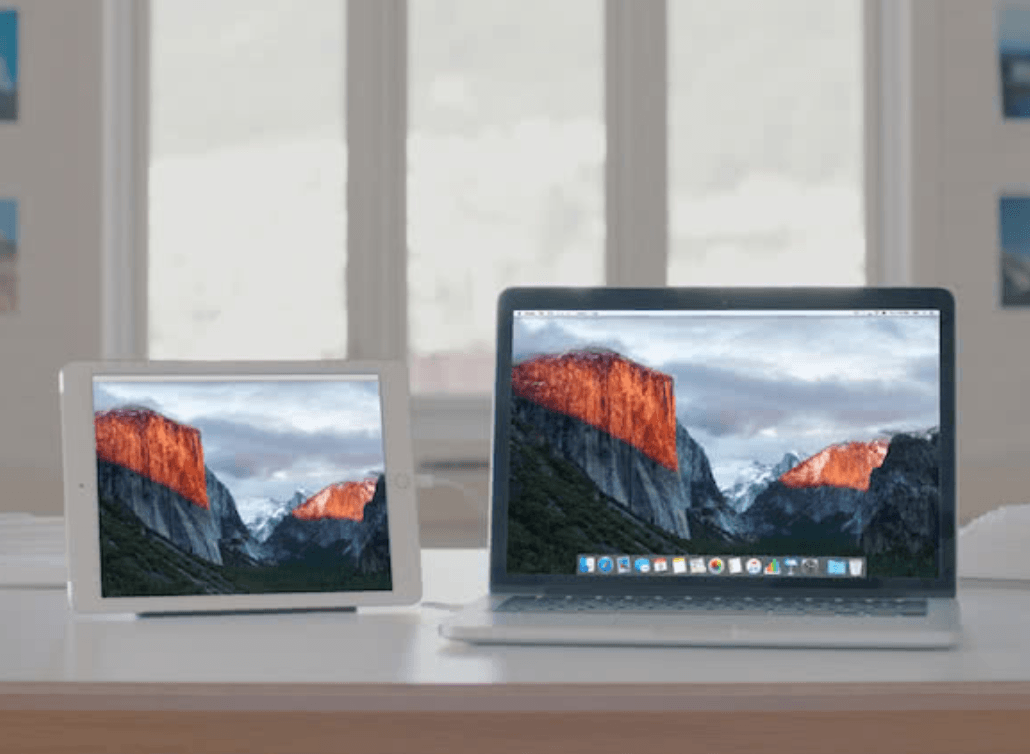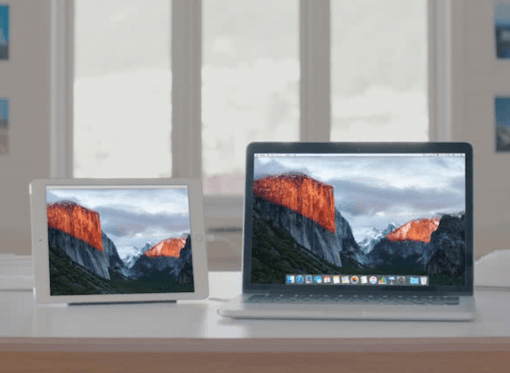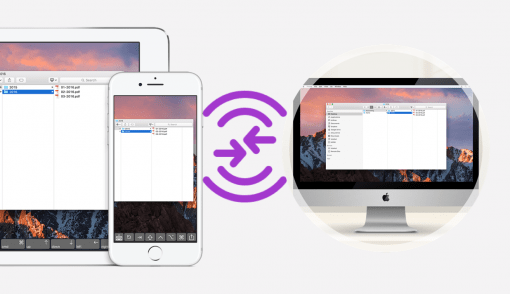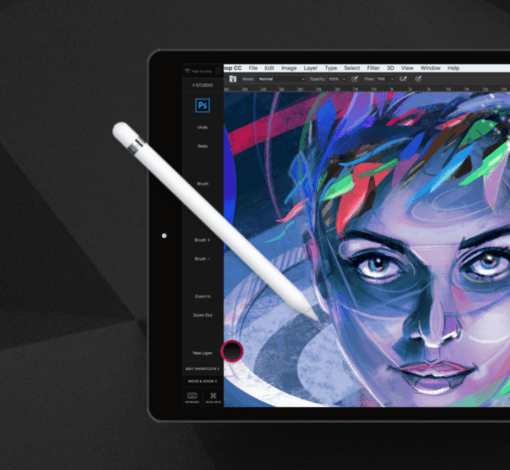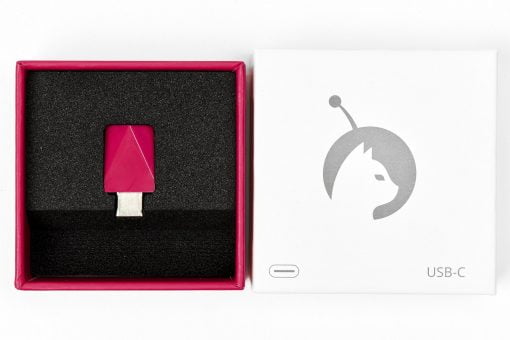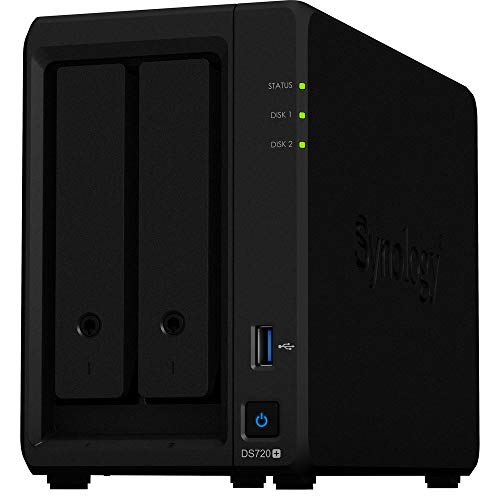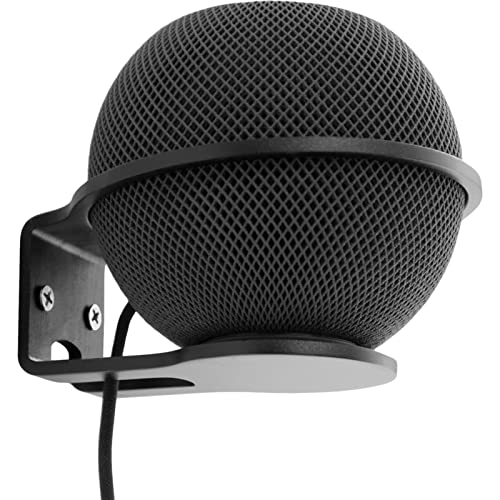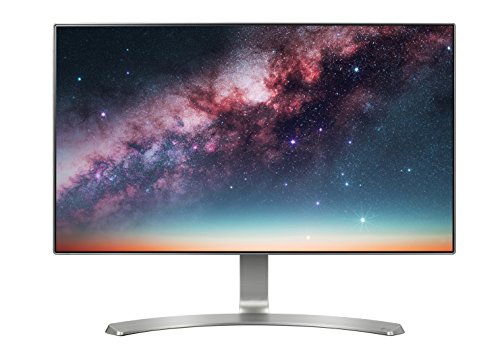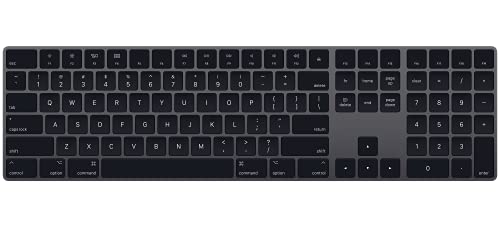Those who want to use the iPad as an additional monitor, for example for the MacBook, because it is always there anyway, currently have four options. Three of them are pure software solutions, one is hardware-based.
Duet
Duet was one of the first ways to extend the Mac display to an iPad. In addition, the app is also one of the cheapest. However, you also notice that the response time is no longer the fastest (see video). If you really want to work seriously with the iPad, you should choose a more up-to-date solution.
View here: Duet Display
Screens
Screens is one of those. The software is actually designed to remote control a Mac via iOS device. Of course, screen mirroring etc. is still part of it. The app is a bit more expensive than Duet, but is technically and in the picture structure a bit faster. Maybe something for users who are primarily interested in remote control.
View here: Screens for iOS
Astropad
Astropad is intended for users who want to use the iPad as a drawing tablet. Connection to the Mac is possible either wirelessly or via USB cable. There is even a professional version with more features that might be crucial for one or the other artist. So if you want your iPad to become a tool, Astropad is worth a look.
View here: Astropad
Luna
Relatively new on the market is the hardware solution Luna, which emerged from a kickstart project. Here you insert a small dongle into the graphics output of the Mac and the data is then wirelessly transferred from there to the iPad. This should provide a stable operation and also be hardware accelerated, so that the latencies are not noticeable during operation. The costs are just as high as with Astropad in the professional version.
View here: Luna Display
